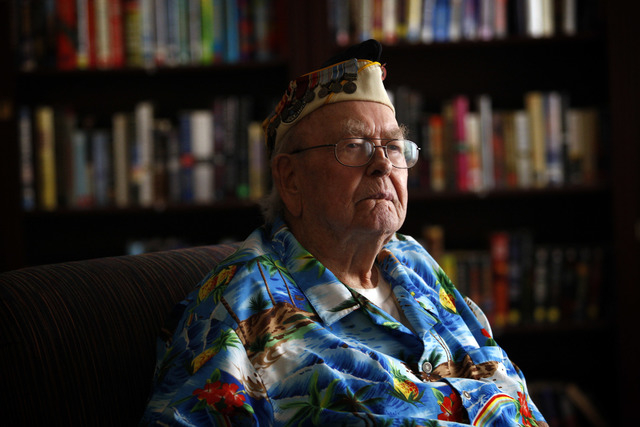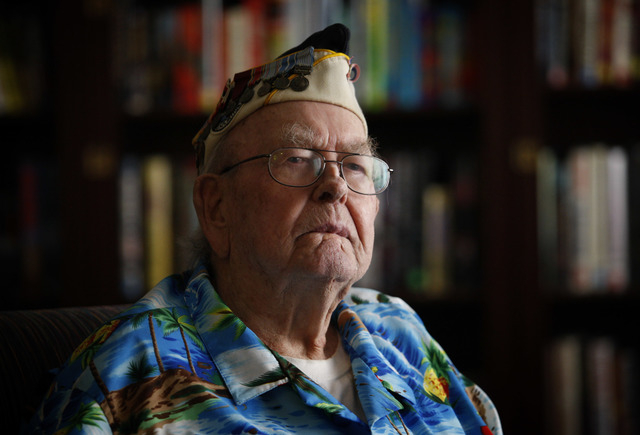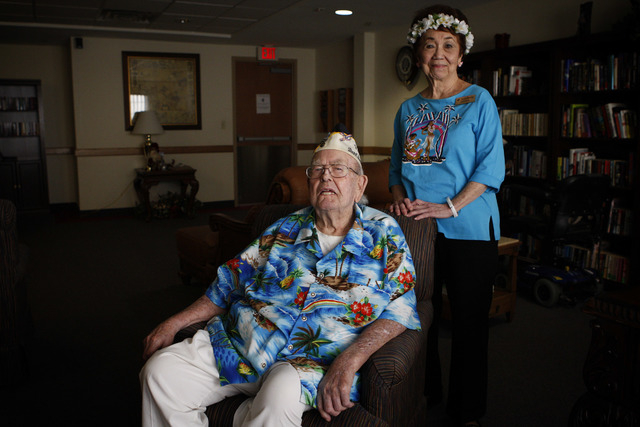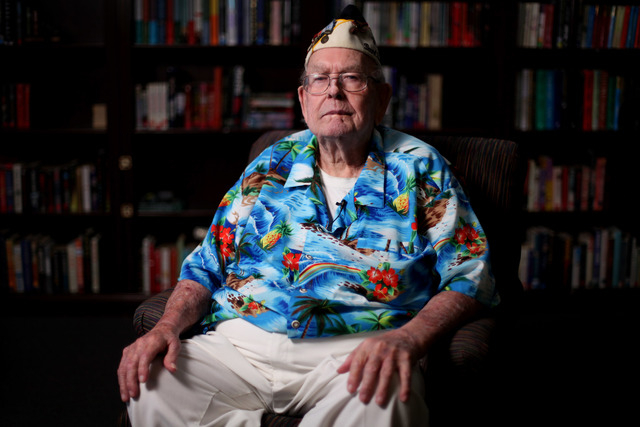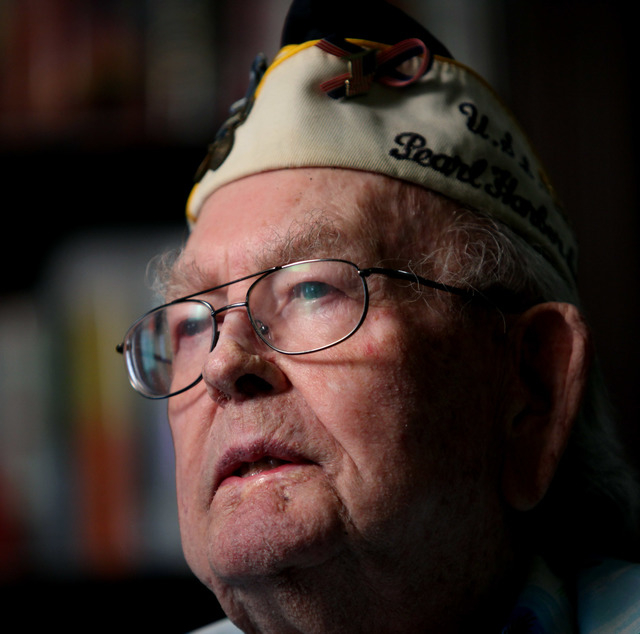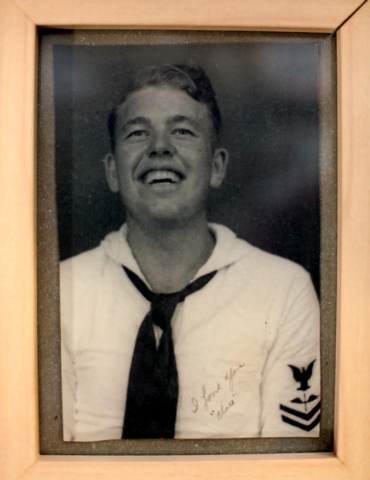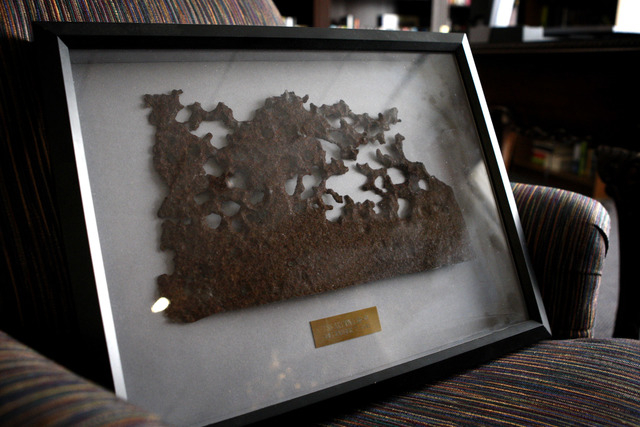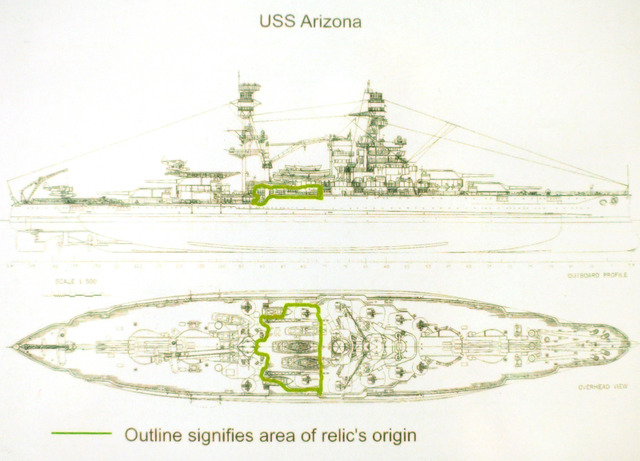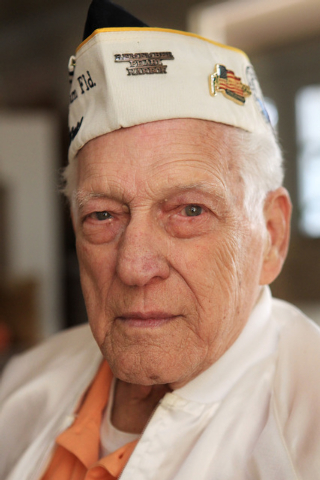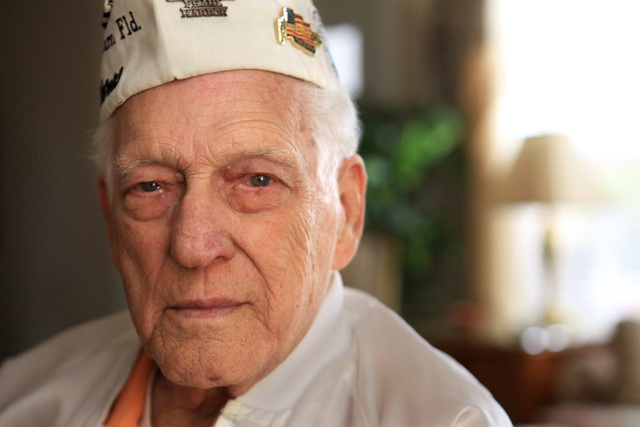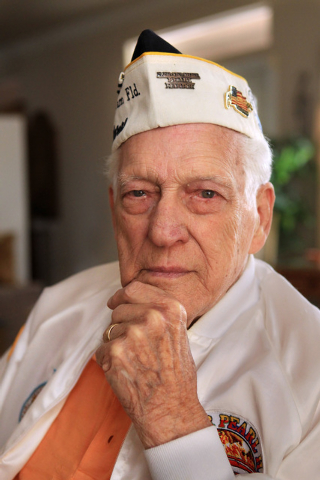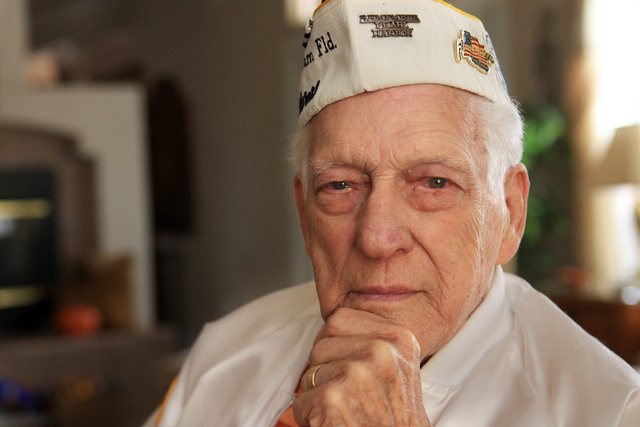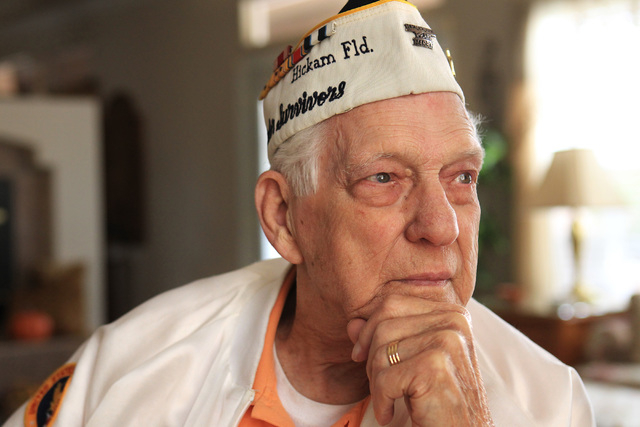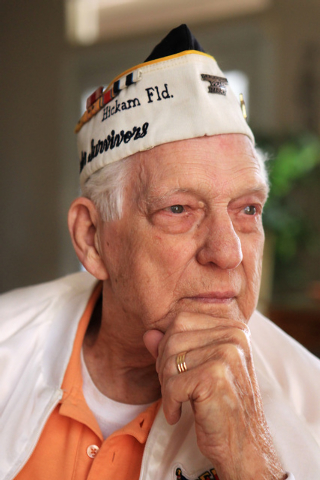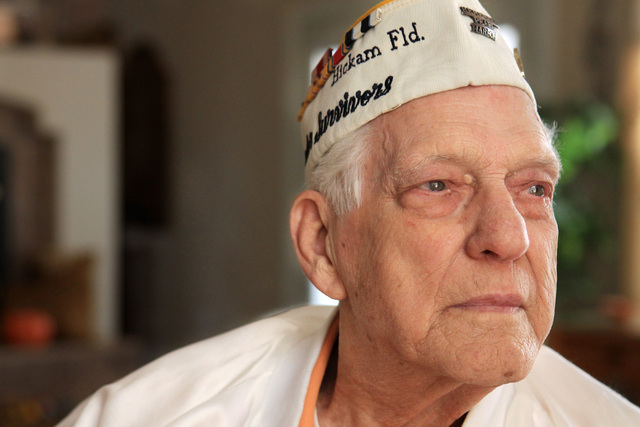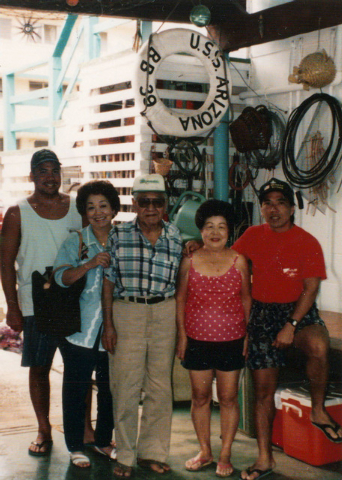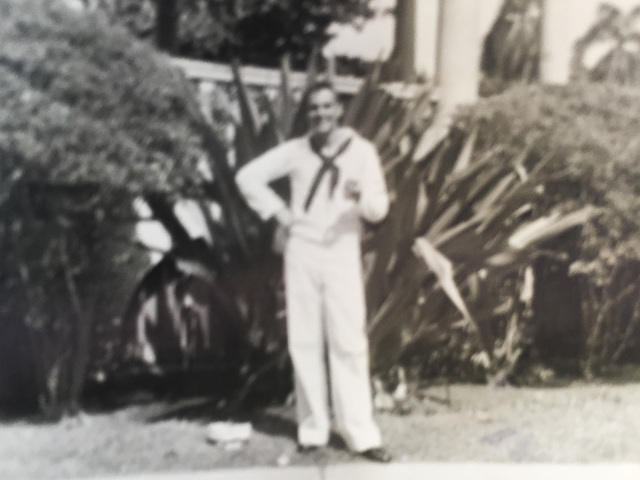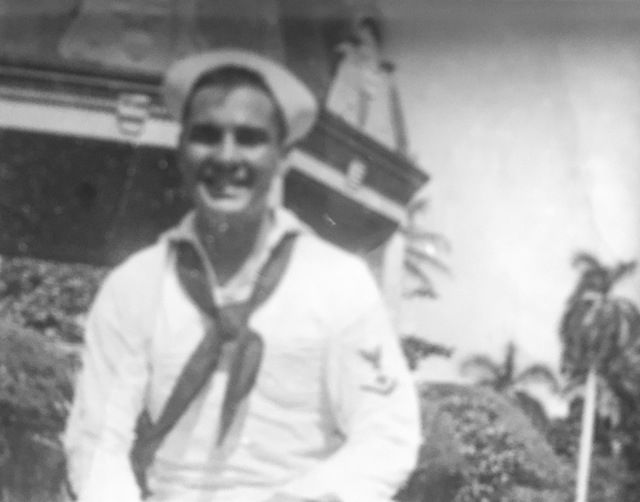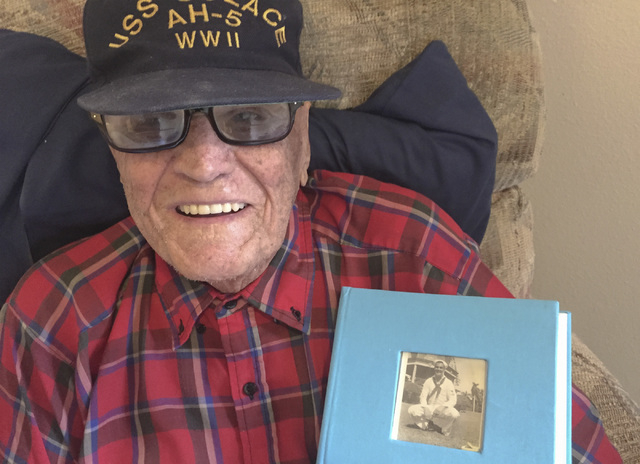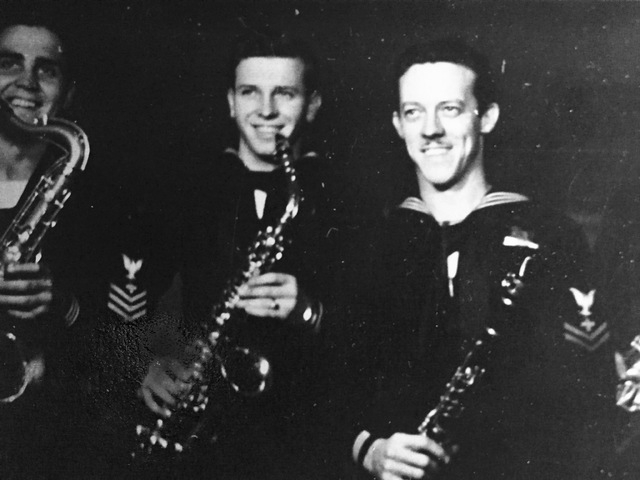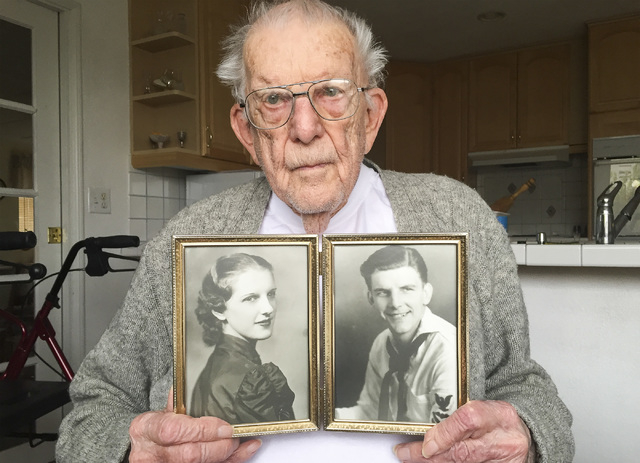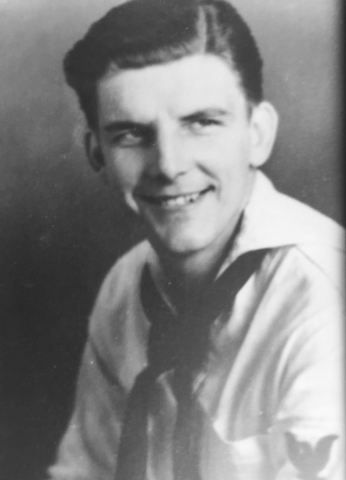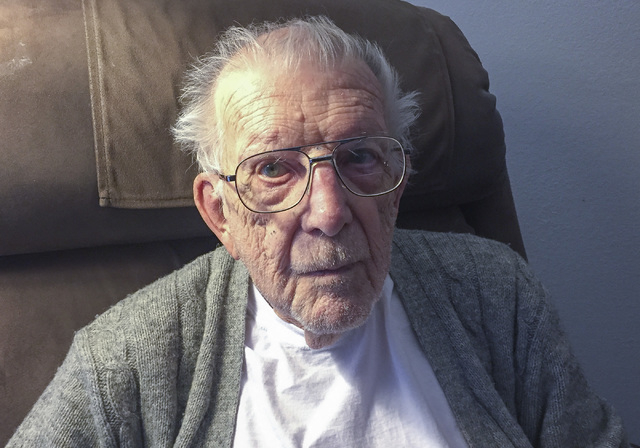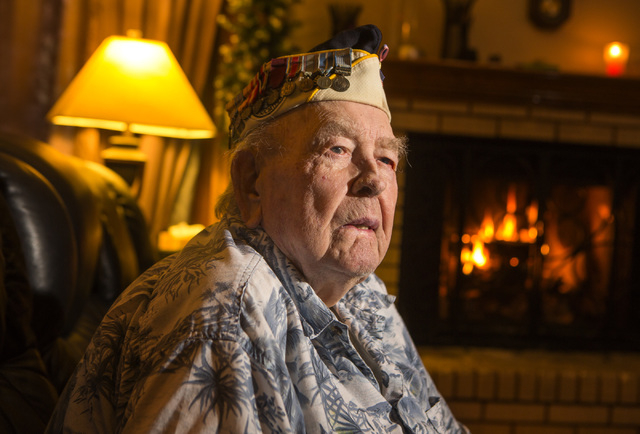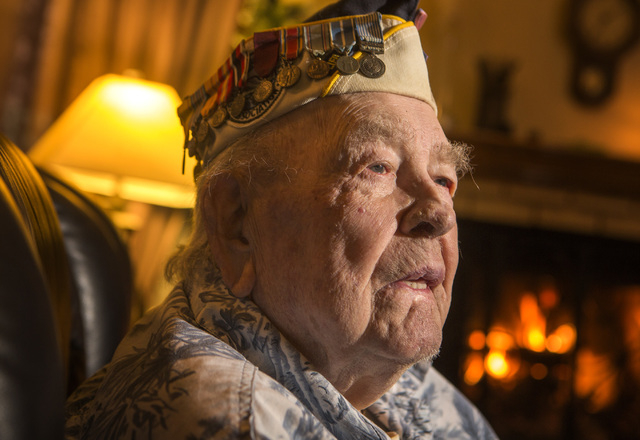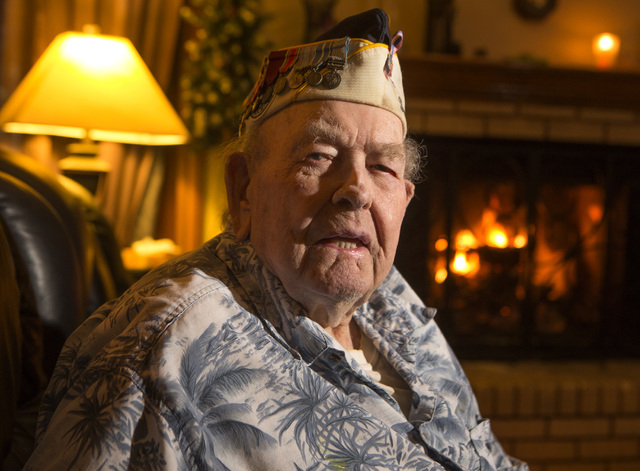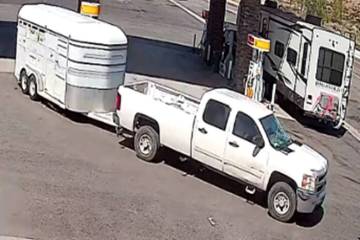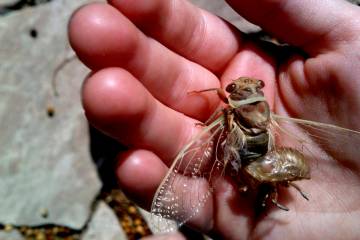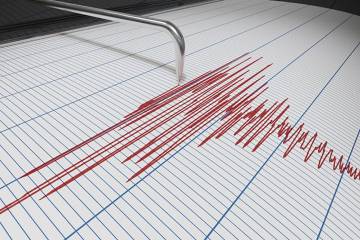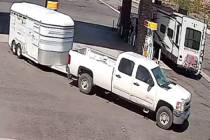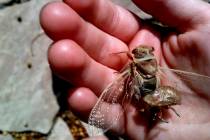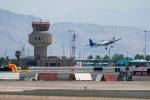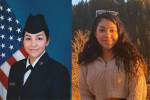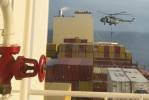4 Southern Nevadans recall horrific attack on Pearl Harbor
Willis Avery remembers chaos on the deck of the USS Arizona and the scramble to get the wounded into lifeboats before the ship sank.
Clarendon Hetrick remembers plunging into the briny water and dog-paddling to Ford Island even though he had flunked the Navy’s swim test.
Ed Hall remembers hearing hangars explode at Hickam Field and ducking for cover as a Japanese “Zero” flew toward him with guns blazing and bullets kicking up chunks of asphalt.
Richard Hackett remembers looking into the sunny sky at a Japanese warplane that was flying so low over Honolulu that he could see the pilot.
That’s how four of the last Pearl Harbor survivors from Southern Nevada recalled that horrific morning 73 years ago, when swarms of Japanese warplanes attacked the Hawaiian island of Oahu on Dec. 7, 1941.
The raid by 350 “Zero” fighters, “Kate” torpedo planes and “Val” dive bombers that had taken off from Imperial Japanese Navy carriers also involved 30 submarines, five of which carried midget subs to infiltrate the harbor and the coast of Oahu.
“I remember they were coming in on us,” Avery, 92, said of the planes that had unleashed bombs and torpedoes on Battleship Row. “I was young.”
A 19-year-old pharmacist mate from Vestal, N.Y., he was on the USS Solace hospital ship anchored near the Arizona. With black smoke billowing from the Arizona as it sank, he and others from the Solace hopped in longboats and gigs and rushed to rescue sailors from the battleship and the oil slick around it.
“The Arizona was sinking. I was afraid we weren’t going to make it,” he said last week while Glenn Miller’s 1940 hit “In the Mood” played over the speaker in his room at a seniors home in Boulder City.
Avery played the clarinet and saxophone in Navy bands, and music from the Big Band era plays continuously in his room. Once in a while he picks up the clarinet he keeps next to his easy chair and blares out a tune, expressing in music what is difficult to say in words.
On Tuesday, his daughter, Sandy Sanders, said it has been “so incredibly hard” over the years for her father and his shipmates to “carry that burden.”
He was one of the first responders to the Arizona and was tasked with loading those whom he thought could survive into lifeboats. Several times he was ordered to leave the ship, but he continued to load the scorched and wounded until the last boat was full. Then in the days after the attack he was among those sent to retrieve bodies.
“My father is my greatest hero,” Sanders said. “He never really surgar-coated anything. He told me the way it was.”
ARIZONA SURVIVOR
Military historian Bill McWilliams of Las Vegas, who authored “Sunday in Hell, Pearl Harbor Minute by Minute,” said Avery was one of countless heroes that day. His brave acts are “not surprising.”
The effort by the ship’s crew and medical staff “is an incredible story of survival and caring for other people,” McWilliams said.
“There were descriptions of men with their clothes burned off and some of them like zombies stomping across the deck. The ship actually went down in eight minutes,” he said.
Of the 2,403 men and women who died in the attack, almost half — 1,177 — were on the Arizona. About 335 of the Arizona crew survived, but only nine are still living, including “Clare” Hetrick, 91, of Las Vegas.
“It was just plain luck,” Hetrick said. “I can still see that Japanese airplane, one lone airplane flying across toward Ford Island with a big red meatball on the side of it.”
Hetrick, who grew up in Lemon Grove, Calif., had joined the Navy in 1940 at age 17 with his parents’ permission. He had just finished busing dishes after breakfast on the Arizona and had taken a shower to get ready to go on liberty. He was in the middle of shaving “when all hell broke lose.”
He ran to his battle station, the third-deck ammunition magazine, where he started handing up shells for topside guns.
“We took a hit and it knocked us all off our feet, and we began to smell smoke in the magazine, and somebody said, ‘Get the hell out of here.’ We didn’t waste no time leaving,” he said, sitting by a fireplace Wednesday with his wife, Myrtle Jean. Because of health reasons, they decided not to attend Sunday’s reunion in Hawaii with some of the other USS Arizona survivors.
As the Arizona sank, the quarter-deck, which is normally 15 feet higher than the water line, was only a foot above it when Hetrick jumped in. “I couldn’t pass the Navy’s swimming test. I think I ran across the water instead of swam.
“I’m maybe halfway to shore and there’s people walking, and here I am trying to swim the best I could.”
After he finally reached Ford Island he took cover in an air-raid shelter. “Later we went house to house picking up food and clothing and bedding and anything we could get from the family housing and bring it to the air-raid shelter.”
The Hetricks have maintained a friendship with a civilian survivor of the attack, Joyce Jones, who was an activity director at a seniors community where they first lived after they moved to Las Vegas three yeas ago from Bullhead City, Ariz.
Jones, born Joyce Morita, was 4 years old at the time and remembers picking violets outside her family’s house “when all of a sudden my mother tore down the steps, grabbed my arm and brought me in the house. We heard airplanes going by.”
DODGING BULLETS
Some were headed for Hickam Field, where 18-year-old Army Pvt. Ed Hall, of Greenwood., S.C., was on KP duty scrubbing a frying pan when he heard an explosion and looked out the backdoor to see two hangars blowing up. Then he saw a Zero firing a machine gun as it flew toward him. He ducked for cover under one of the mess hall’s eaves just as the pilot pulled the plane up to avoid some telephone wires.
“At that moment I had no idea what was going on. I thought it was some nut at first,” he said Tuesday at his Las Vegas home. “When you see those bullets coming at you, you don’t think about the bombs you had seen before. Then another plane came along and took a couple inches off the building.”
Later during the attack, Hall again dodged bullets from a Japanese aircraft while he was in a truck helping pick up wounded soldiers and a dead lieutenant. “I didn’t even know I was being strafed until the tires went flat. I was surprised he didn’t get me. The man upstairs was with me. That’s all I can say.”
For Hall, 91, Pearl Harbor Day is a time to reflect on the friends he lost that day and during the war that followed. “It’s a really sad day to me, yet there were a lot of exciting moments when I think about how close I came to being killed.”
Hackett, 93, of Henderson, said he, too, will be thinking about the horror at Pearl Harbor but also how the nation fought back. “I lost a lot of friends there.”
A native of Madison, Wis., he was an electrician’s mate assigned to shore patrol at the Naval Station in Honolulu.
“A Jap plane came over, and he was so low I could see the pilot. He was on his way to Pearl,” he said, adding that he felt helpless because they had checked in their weapons for the weekend and “we didn’t have anything to shoot with.”
“There were just a few people on permanent shore patrol so they split us up, and I was sent to go to all the houses in town and get the servicemen out and back to their ship or station. So while everybody else is fighting the Japs, I’m out running around whorehouses,” he said.
Contact Keith Rogers at krogers@reviewjournal.com or 702-383-0308. Find him on Twitter: @KeithRogers2.



